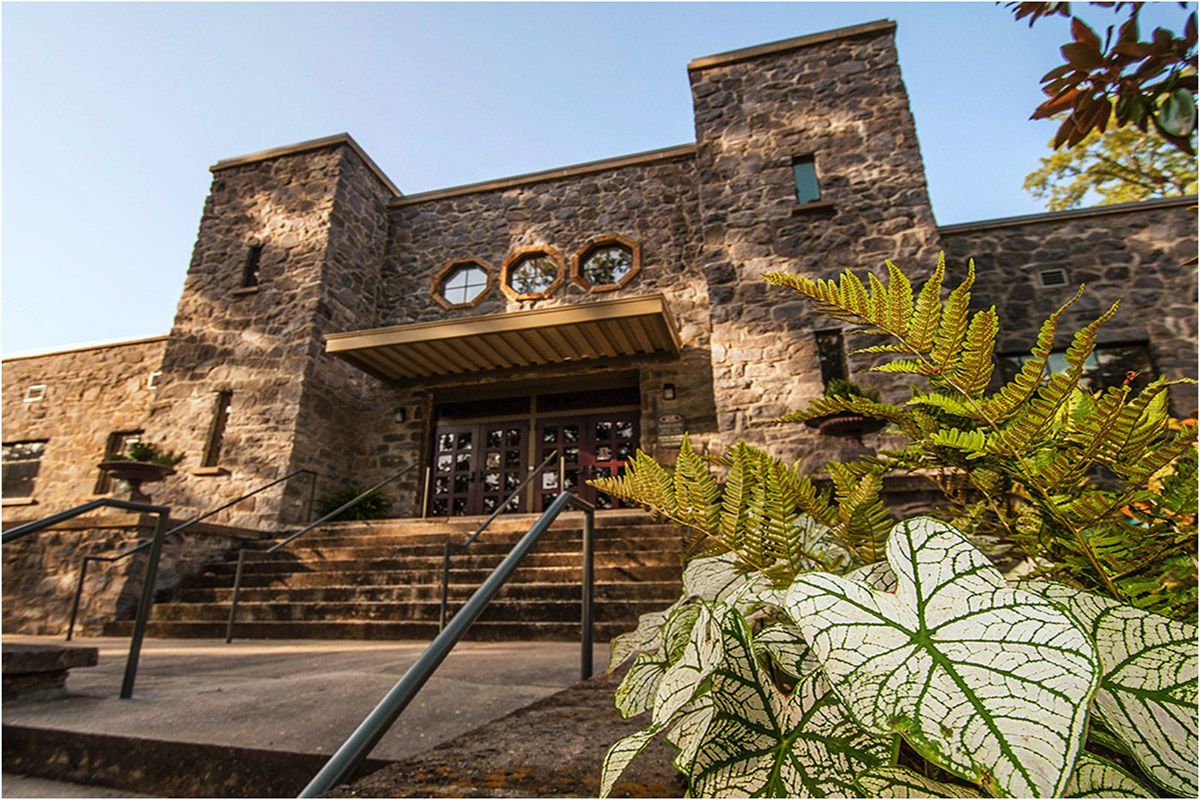
Discover the 5 Museums around Lake Guntersville
The history is rich in our area. From the Native Americans’ homeplace to the flooding of the lake, there’s a lot to tell about this area. Thankfully, we have several museums around Lake Guntersville that help tell our unique and captivating story. Grab your cameras and thinking caps, because here are the five museums you must visit when you come to #explorelakeguntersville.
1. Guntersville Museum

The Guntersville Museum has a unique story in itself. The facility was built in 1936 prior to World War II, as a military armory for Company E, 167th Infantry Division. Built under the Works Progress Act (WPA), the building was constructed of local rough limestone. With its distinctive castle-like architecture, it sits on a tree-covered hilltop. A new armory was constructed elsewhere in the 1970s and the old building was turned over to the city of Guntersville. It was used as the local fire station until the mid-1980s and after renovation in 2006 the Guntersville Museum was relocated here. The old rock armory building is now listed on the National Registry of Historic Places. With that being said, the museum is the perfect place to learn all about how the unique town came to be 175 years ago and how TVA came through to build the Guntersville Dam and Alabama’s Largest Lake.
2. Arab Historic Village
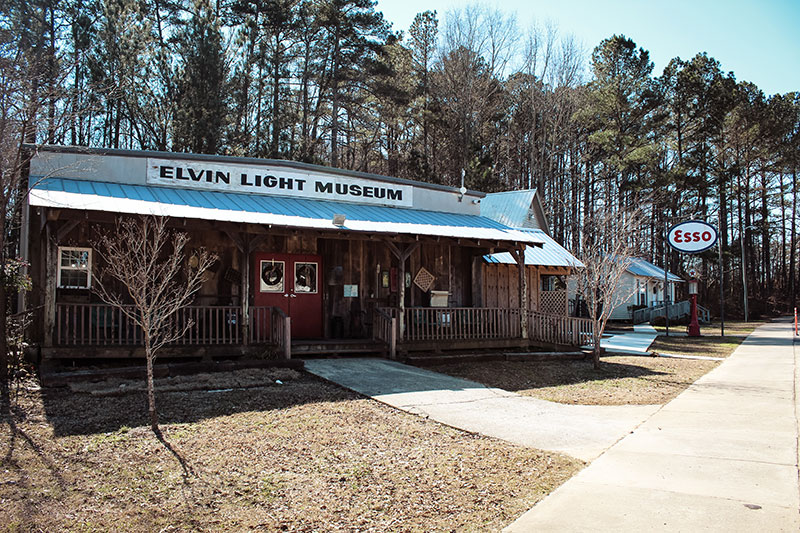
The Arab Historic Village is a unique setup like the Guntersville Museum. It is made up of several types of buildings from years passed to create a small town that would have been like the early 1900s. With a local’s actual home, a church that still holds some worship services and several other buildings, it will seem like you are stepping back in time. The village is a must-see when you are in the area, and you will leave fully knowledgeable about one of the most unique towns in Alabama. And you will learn how in the world did they come up with the name, ‘Arab.’ The Arab Historic Village also hosts numerous amount of events each year including Back When Day. The Village will come to life just as it would have been in the early 1900s.
3. Albertville Museum
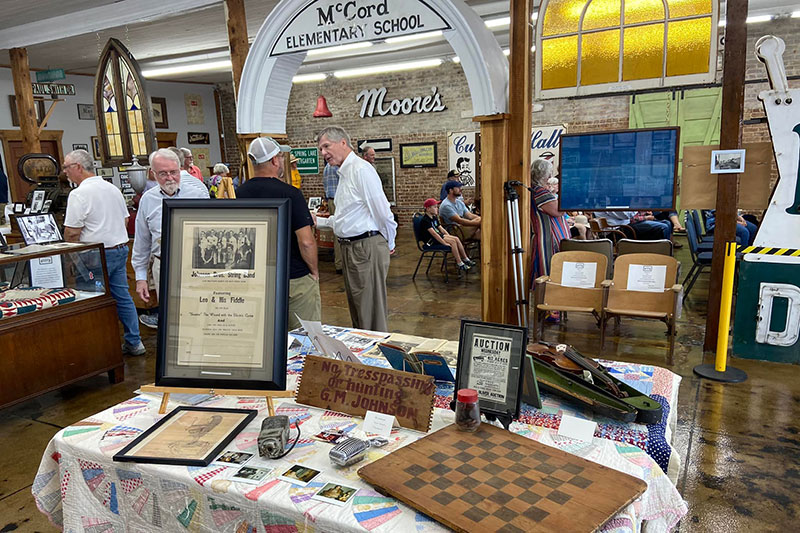
As Marshall County’s largest city, there is a lot to learn about how Albertville has grown into the amazing town it is today. At the Albertville Museum, you will take a step back in time to see the first settlers who actually named the town Jones Chapel in 1863, but over time more families arrived and it soon became Albertville. The building the museum is located was built around 1904 as the Albertville National Bank and stayed a bank until 1963 when it became the Jewel Box, which was the local jewelry store. Stop by to see photos through time and unique artifacts that help tell the story of this special town.
4. Boaz Museum
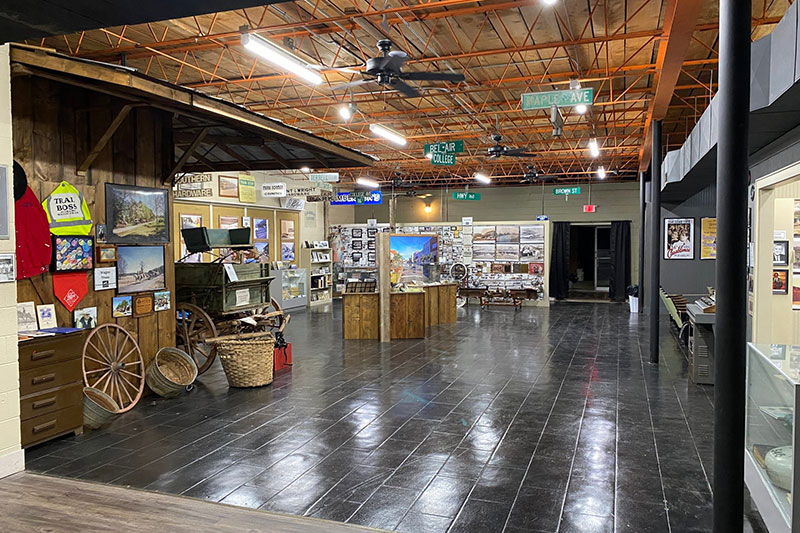
The newest museum around Lake Guntersville to make our list is the Boaz Museum. Inside what once housed the city’s post office are displays showcasing the city’s rich history, from farming to cars, churches to schools and much more. Learn how the area was booming with car body and repair shops, and locals would head to Chicago to bring them back to the area, driving one and pulling the other with it. You can also learn about the local churches and the Rialto Theater too. Tons of historic pieces that helped Boaz become the town it is today are all located within this museum that has become such an asset to one of our favorite small towns.
5. Heritage Hall Museum
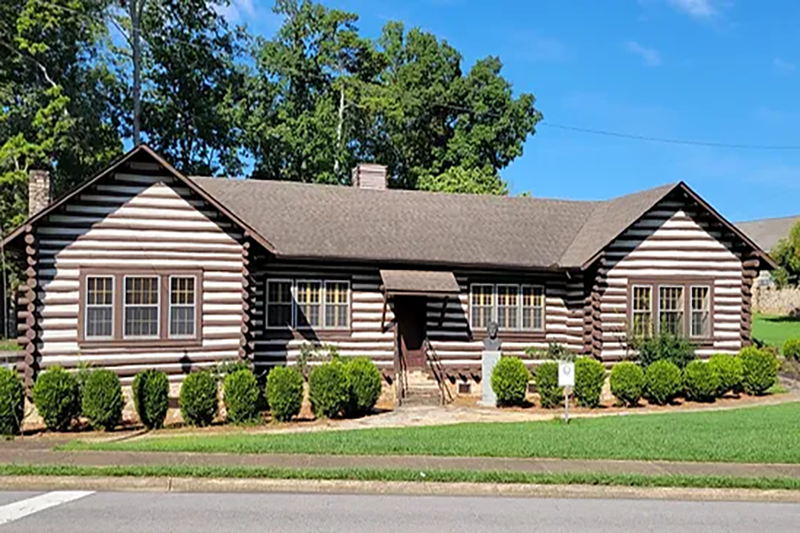
On your way to Cathedral Caverns, you may have noticed some interesting buildings on the highway that belong to the Kate Duncan Smith DAR School. One of those is a log cabin that is home to the Heritage Hall Museum. It was built in just two days back in 1935 and has housed many things for the school, but today it holds artifacts and special memorabilia that tell the story of the school. The museum has a timeline that goes back 117 years ago in 1906 and ends today filled with people and events that have helped shape the Kate Duncan Smith DAR School. The Heritage Hall Museum is a hidden gem that is special to telling the story to one of Marshall County’s great attractions.
